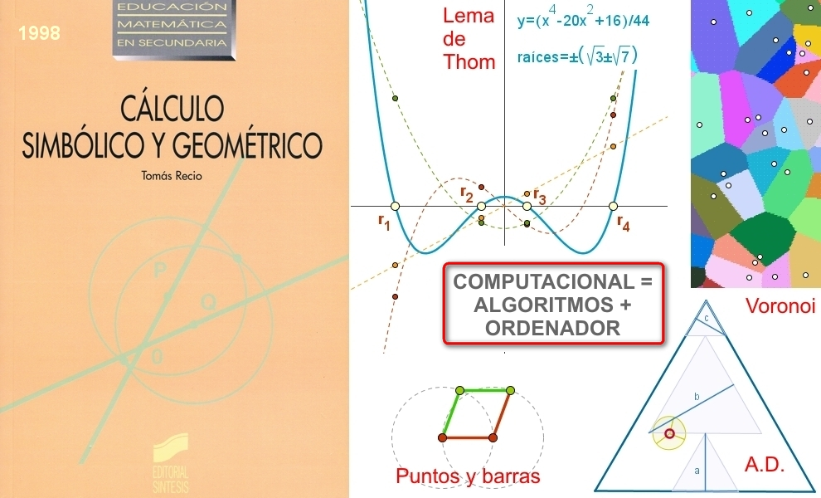Conclusions and Acknowledgments
It is true that the current GeoGebra is much more complex than its first version from a couple of decades ago. We have so many procedures and commands that advance planning is necessary to decide, depending on the context, which of them we really need to achieve our educational objectives.
In this presentation, we have seen with numerous examples that GeoGebra allows us to tackle a wide variety of problems with minimal means. While CAS commands make it possible to transcend, in some cases, the difficulty of introducing algebra in secondary education, lists, vectors, and scripts add ease in representing flexible, dynamic, and interactive situations. And often, these situations are tremendously attractive, both in terms of aesthetics and in the sense that they invite us to explore our own constructions (let's remember the Ikea effect), which promotes the acquisition of mathematical competence.
Acknowledgments
While in this presentation I did not intend to follow the expositional lines set out by Tomás Recio in his 1998 book Cálculo Simbólico y Geométrico [30], I must acknowledge the enormous influence that this book, which I highly recommend, has had on my understanding of both Mathematics and its teaching. Additionally, I want to thank Tomás for his suggestions and clarifications on some of the points discussed here.
